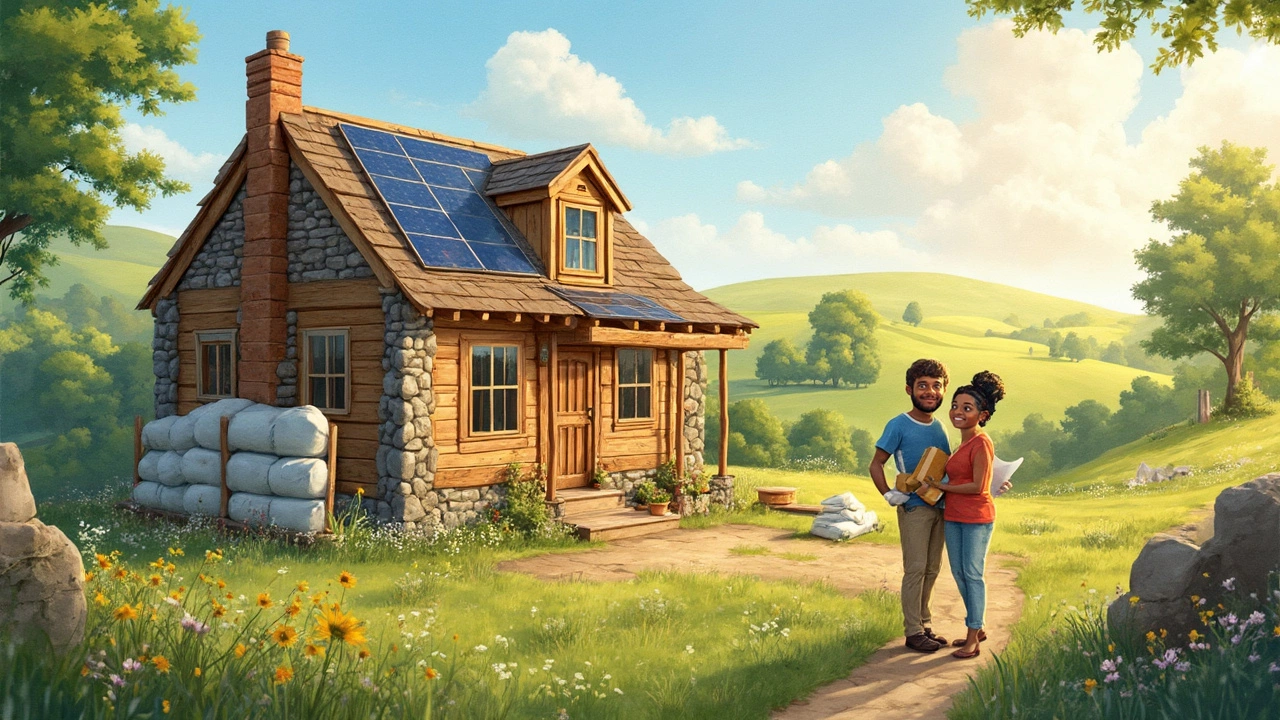
Build a House: Practical Tips, Costs & Choices for 2025
If you’re thinking about building a house, the first question is always, “Will I be able to afford it?” The good news is that 2025 offers many low‑cost routes, from prefabricated panels to tiny home designs. This guide breaks down the numbers, walks you through the easiest building methods, and points out green options that won’t break the bank.
How Much Does It Really Cost?
Most people assume a new home costs a fortune, but the average price per square metre can vary wildly. In Scotland, a basic build runs around £1,200 – £1,500 per m², while a modular home can drop to £900 – £1,100 per m². Add land, permits and utilities and you’re looking at roughly £200 – £300 per ft² for a modest three‑bedroom house. If you keep the footprint under 1,200 ft² and choose a simple rectangular layout, the total bill often stays under £150,000.
Don’t forget hidden costs: site preparation, drainage, and connection fees can add 10‑15 % to the budget. A quick tip is to get three quotes from local builders and compare the line items. The lowest price isn’t always the best – check what’s included for demolition, waste removal and basic finishing.
Choosing the Right Type of Build
When you decide what kind of house to build, ask yourself two things: how fast do you need it finished and how much DIY are you comfortable doing? Here are the three most popular routes in 2025:
- Prefabricated (Prefab) Panels: Factory‑made walls and roof sections arrive on site ready to bolt together. Build time drops to 4‑6 weeks, and waste is minimal.
- Modular Units: Complete rooms are built off‑site and stacked on a prepared foundation. You can move the modules later if you need to change the layout.
- Traditional Stick‑Built: Brick or timber framing done on site. It takes longer (3‑6 months) but offers the most design freedom.
If you’re eco‑curious, look for timber frames sourced from sustainably managed forests. They store carbon and often qualify for government grants that shave a few thousand pounds off the total.
Another low‑cost route is the tiny house. A 300‑ft² footprint can be built for under £30,000 using reclaimed timber and simple insulation. Tiny homes work well on smaller plots around Loch Ness where land prices are lower.
Whatever you choose, keep the floor plan simple: a square or rectangle uses the least materials and reduces waste. Avoid unnecessary angles, and place bathrooms and kitchens on one side to share plumbing runs.
Next, plan your utilities. Connecting to the grid can be pricey, so consider solar panels and a small battery. A 4 kW system typically covers a couple of bedrooms and can be installed for about £7,000. Pair it with a heat‑pump for heating, and you’ll save on fuel bills year after year.
Finally, think about future expansion. Build the foundation and roof with extra capacity so you can add a loft or a side wing later without major reconstruction. This forward‑thinking approach saves money if your family grows or you want a home office down the line.
Ready to start? Begin with a clear budget, pick a straightforward building method, and get a solid design that minimizes corners. The right choices today mean a sturdy, affordable house tomorrow – whether you’re gazing over Loch Ness or settling in the Highlands.
